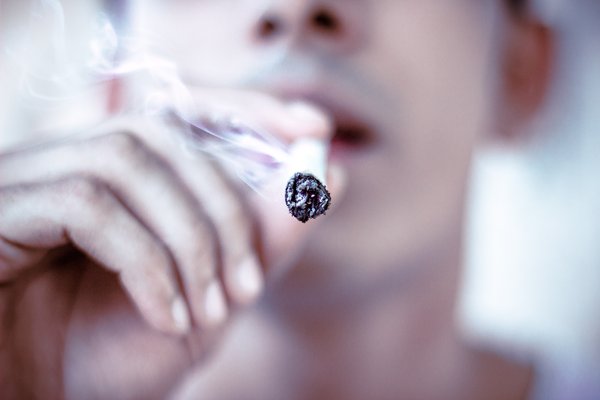It's no secret that teenagers experiment with drugs.
Some 35.6 percent of high school students say they have tried marijuana, according to the Centers for Disease Control and Prevention. Another 60.4 percent have used alcohol. And 14 percent say they've misused prescription opioids.
- RELATED STORIES
- Navy veteran describes 'slippery slope' into opioid addiction – and his journey out
- Rod Rosenstein pledges swift federal response if safe injection site opens in Philly
- Vaping, hookah may lead to marijuana use among teenagers, study finds
- Sprained an ankle? In some states, opioid prescriptions are common treatment
But such experimentation is particularly dangerous for teenagers because they are more susceptible to addiction than adults. Part of that susceptibility stems from how their brains are wired.
The human brain does not fully mature until about age 30, according to Dr. Frances Jensen, chair of neurology at the University of Pennsylvania's Perelman School of Medicine. The teenage brain is busy building synapses – pathways that connect portions of the brain and create circuits for memories, skills and rewards.
That process, called synaptic plasticity, enables them to learn at rates far superior to adults, Jensen said. That's why teenagers find it far easier than adults to pick up another language.
It's also why they are more prone to addiction.
"Instead of being exposed to a practice set of math problems or practicing a golf swing, they're exposing their brain repeatedly to a substance," Jensen said. "Their brains learn to accept that substance. That's what addiction is. It's creating a learned pathway in the reward system of your brain."
But that's only part of it.
The pathways that run from the frontal lobe – the area that makes executive decisions – to the portions that govern emotions are not fully developed. Those connections still need to be insulated with myelin, a fat that enables signals to travel rapidly throughout the brain.
That's why teenagers struggle with impulse control and are very responsive to peer pressure, Jensen said.
"That plays into getting addicted in the first place," Jensen said. "There's this increased propensity to take risks and try substances – despite the fact that you might know it's really bad for you."
But their brains offer an advantage that adults lack. Because they are quick learners, they can be reprogrammed.
"If you can get them into rehab, you have better results in rehab," Jensen said. "You can undo the circuit. You still have a better ability to remold the circuit – if you can capture it."
That same ability can be used to train teenagers against succumbing to peer pressure. Jensen suggested parents help teens better understand their brains' susceptibility to peer pressure and help them find ways to manage their propensity to make risky decisions.
"They are really good learners at this age," Jensen said. "They're very interested in their brains. They're very interested in what drives their behavior and why they did that stupid thing on Saturday night."
Jensen recommended parents and teachers role play various scenarios with teenagers, because their brains are not wired to instinctively respond appropriately to peer pressure. That way, when someone offers them drugs, their brain will be better prepared to refuse them.
"They are learning machines," Jensen said. "We, as adults, have our frontal lobes attached. We should be giving them more frontal lobe assists, if you will, and talking through these issues with teenagers and young adults."
Follow John & PhillyVoice on Twitter: @WriterJohnKopp | @thePhillyVoice
Like us on Facebook: PhillyVoice
Add John's RSS feed to your feed reader
Have a news tip? Let us know.


